The appeal of an orchard filled with sun-kissed fruit is every gardener’s dream. Nothing beats foraging for fresh produce from your garden. Everything just tastes sweeter and more nutritious.
You don’t need an entire orchard to grow your own fruit. Pick one or two specimens to add to your garden. While growing fruit trees requires a commitment to pruning and monitoring for pests, it’s worth the effort.
“Growing your own fruits means that you know exactly what you’re eating, as well as the chemicals that have been used,” says Craig de Necker, managing director of The Friendly Plant.
Citrus
Drawcard: Bears the promise of scented blossoms and brightly coloured fruit in winter. Although there’s a wealth of citrus trees to choose from, Chris Williams of Catscapes Landscapes suggests opting for lemon or lime trees.
“Apart from adding colour and an edible harvest to your garden, citrus trees also make excellent topiary specimens such as a lollipop or even a garden arch,” says De Necker.
Good to know: Citrus trees boast evergreen foliage; most varieties can tolerate frost (-3°C and above).
What to plant: Lime ‘Tahini’, large light-yellow fruit; Key lime, a compact bushy shrub that’s aromatic in flavour and scent; citrus lemon ‘Eureka’, bears fruit throughout the year; clementine, ideal table fruit; navel orange ‘Baianinha’, a popular table fruit; naartjie ‘Satsuma’, large fruit with loose skin and no kernels.
Care:
• Plant in full sun in well-drained soil.
• Water regularly, especially when they are flowering and setting fruit.
• Apply a balanced fertiliser (high nitrogen, medium potassium) in July, December and March.
• Always prune after fruiting.
• Keep your citrus free from pests, the most common of which is psylla.
Take note: Due to legislation, certain lime, lemon and kumquat trees can only be grown in North West, Gauteng, Mpumalanga, KwaZulu-Natal and Limpopo. Always check authorities before transporting citrus across provincial lines.
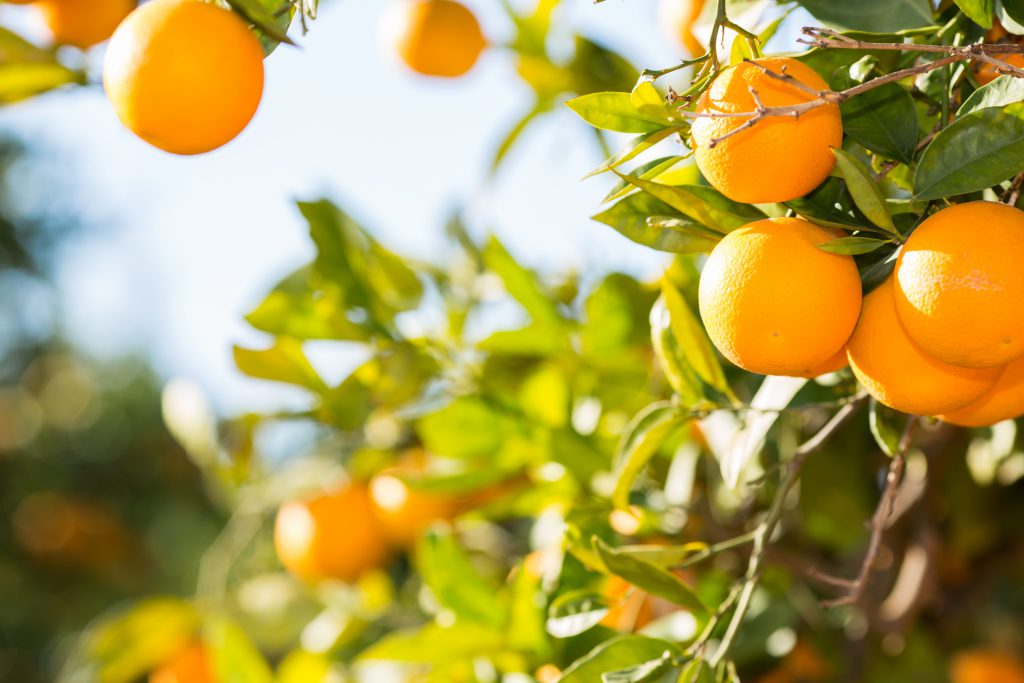
Life is a Garden
Figs
Drawcard: “Fig trees are one of the easiest fruit trees to grow,” says De Necker. This food of love is ideal for making your own jams and preserves.
Good to know: Figs are deciduous and can tolerate cold and frost (-3°C and above). “Some fig trees will require a male and female plant to cross-pollinate to produce fruit, while some species are self-pollinating and do not require a mate,” says De Necker.
What to plant: Fig ‘Adam’, a strong grower that ripens in January; ‘Cape Brown’, a dwarf variety that’s ideal for pots; ‘White Genoa’, excellent for jams.
Care:
• Plant in full sun.
• Figs do well in moisture-retentive, well-drained soil.
• Apply balanced fertiliser to the root zone in spring.
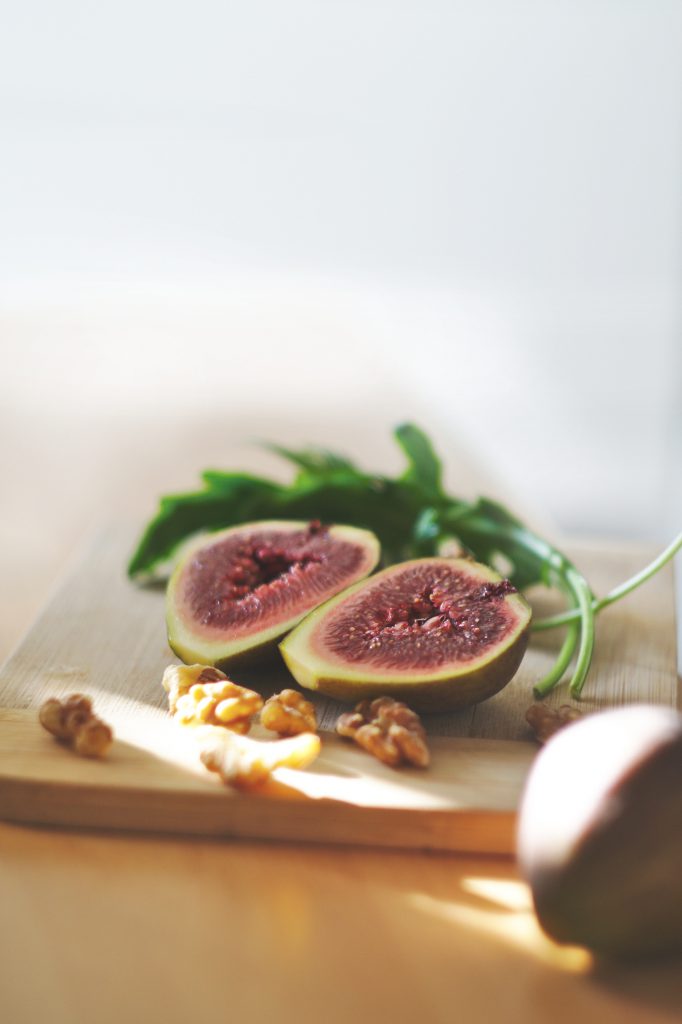
Matthias Heil at Unsplash
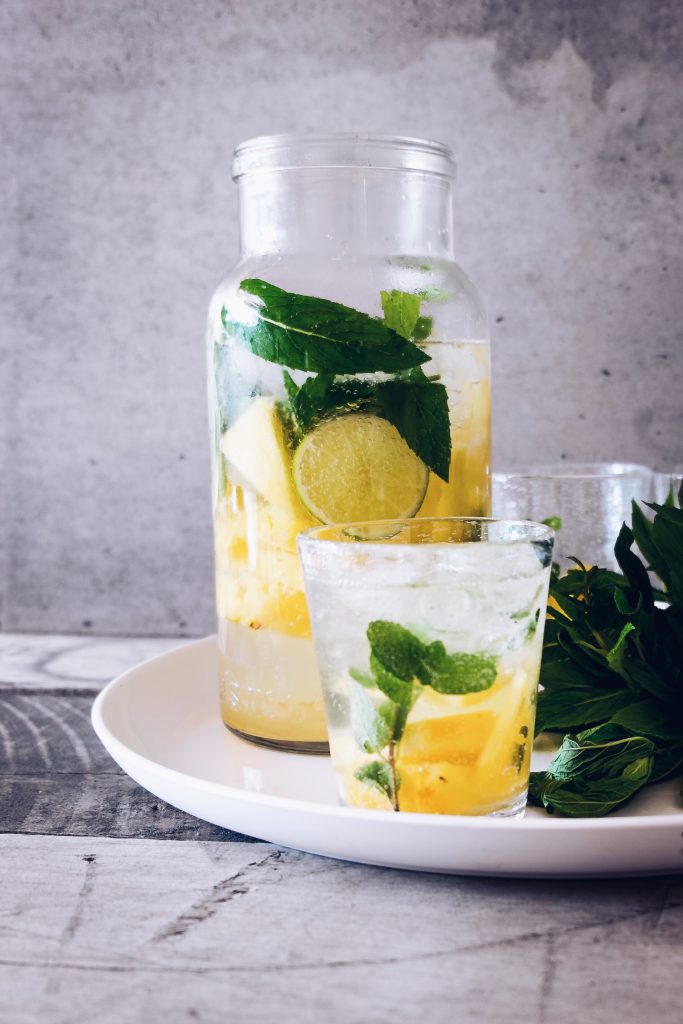
Melissa Walker Horn at Unsplash
Stone fruit
Drawcard: “Peaches are ideal for filling your garden with a flourish of scented blossoms in spring,” says Williams. Plus, they’re good water-wise options for summer rainfall areas, as they don’t need much water in winter.
Good to know: These deciduous stone fruit grow better in chilly winter and hot summer climates.
What to plant: Peach ‘Kakamas’, golden yellow fruit that ripens in January; nectarine ‘Sunlite’, dark skin and firm flesh that ripens in December; peach ‘Oom Sarel’, juicy, sunny yellow skin and fruit.
Care:
• Roots prefer good drainage.
• Extreme pruning is beneficial to produce good harvests.
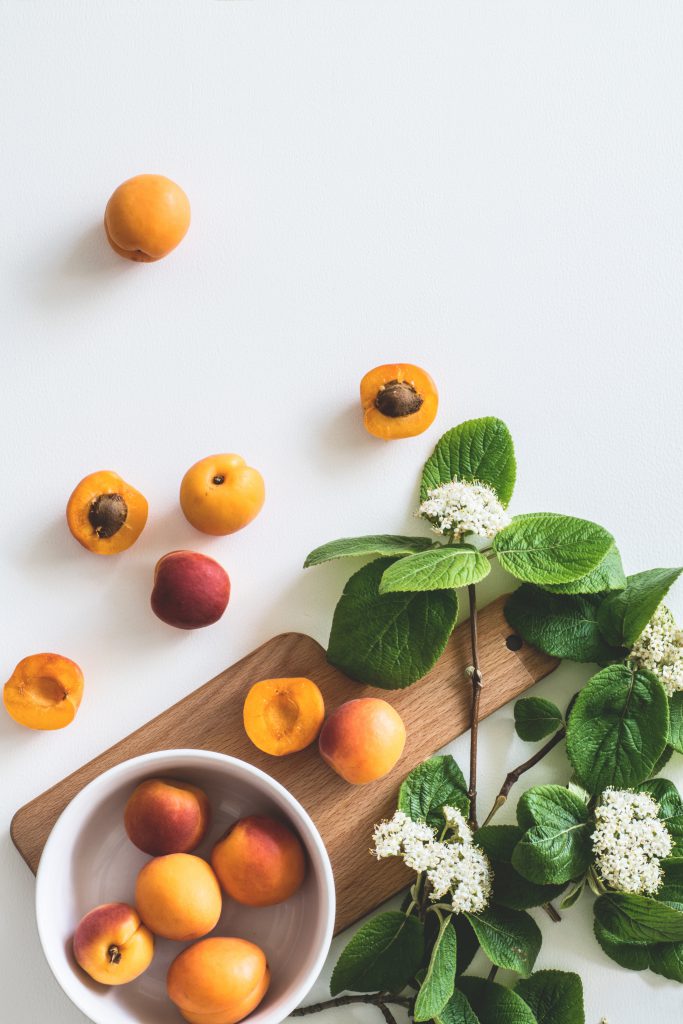
Unsplash
Pears
Drawcard: “Pear trees are another favourite when it comes to spring blossoms,” says Williams.
Good to know: They grow well in areas where the winters are cold and the summers are not too hot. “Pear wood is tough and does not warp easily, so it’s often used to make furniture and musical instruments,” says De Necker.
What to plant: ‘Keiffer’ (ripens late February/March) is self-pollinating; plant ‘Early Bon Chretien’ (ripens in December/January) with ‘Forelle’ as a pollinator; plant ‘Forelle’ (ripens February/ March) with ‘Keiffer’ as pollinator. Self-pollinating cultivars like ‘Keiffer’, ‘Packham’s Triumph’ and ‘Le Conte’bear fairly well in the higher parts of the Lowveld.
Care:
• Plant in moist, well-drained soil with a near neutral pH.
• Once the required shape is achieved, little pruning is necessary.
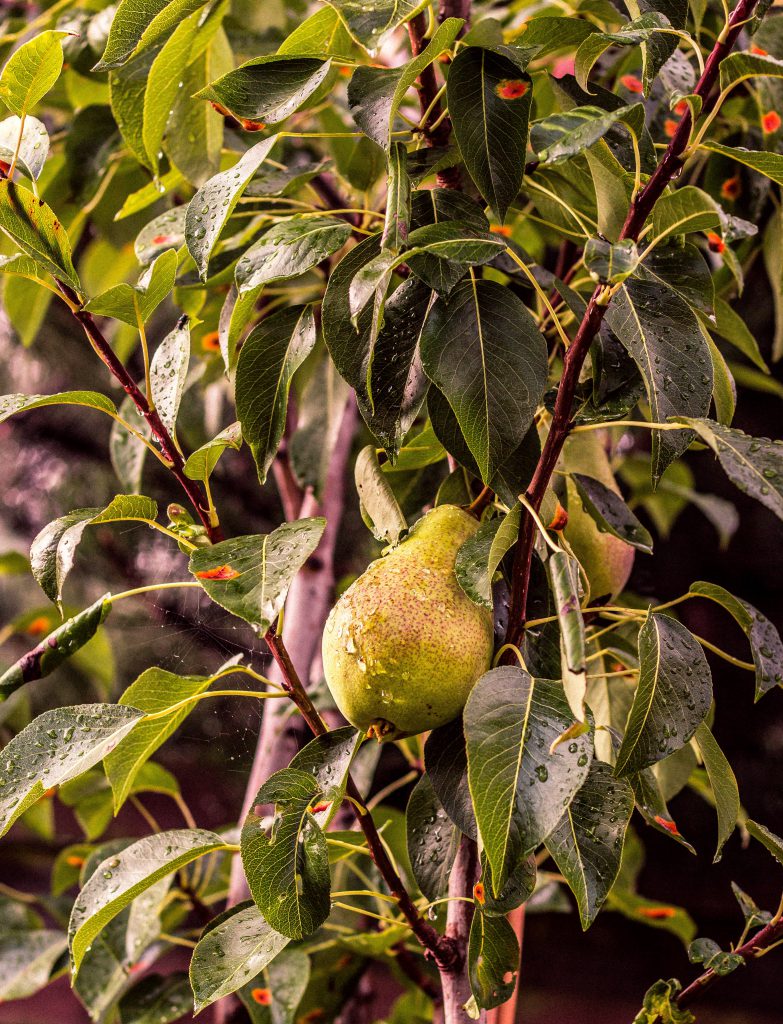
Bram Naus at Unsplash









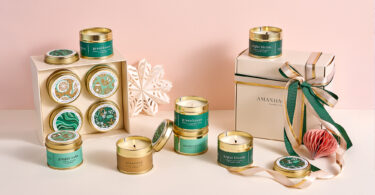
Leave a Comment